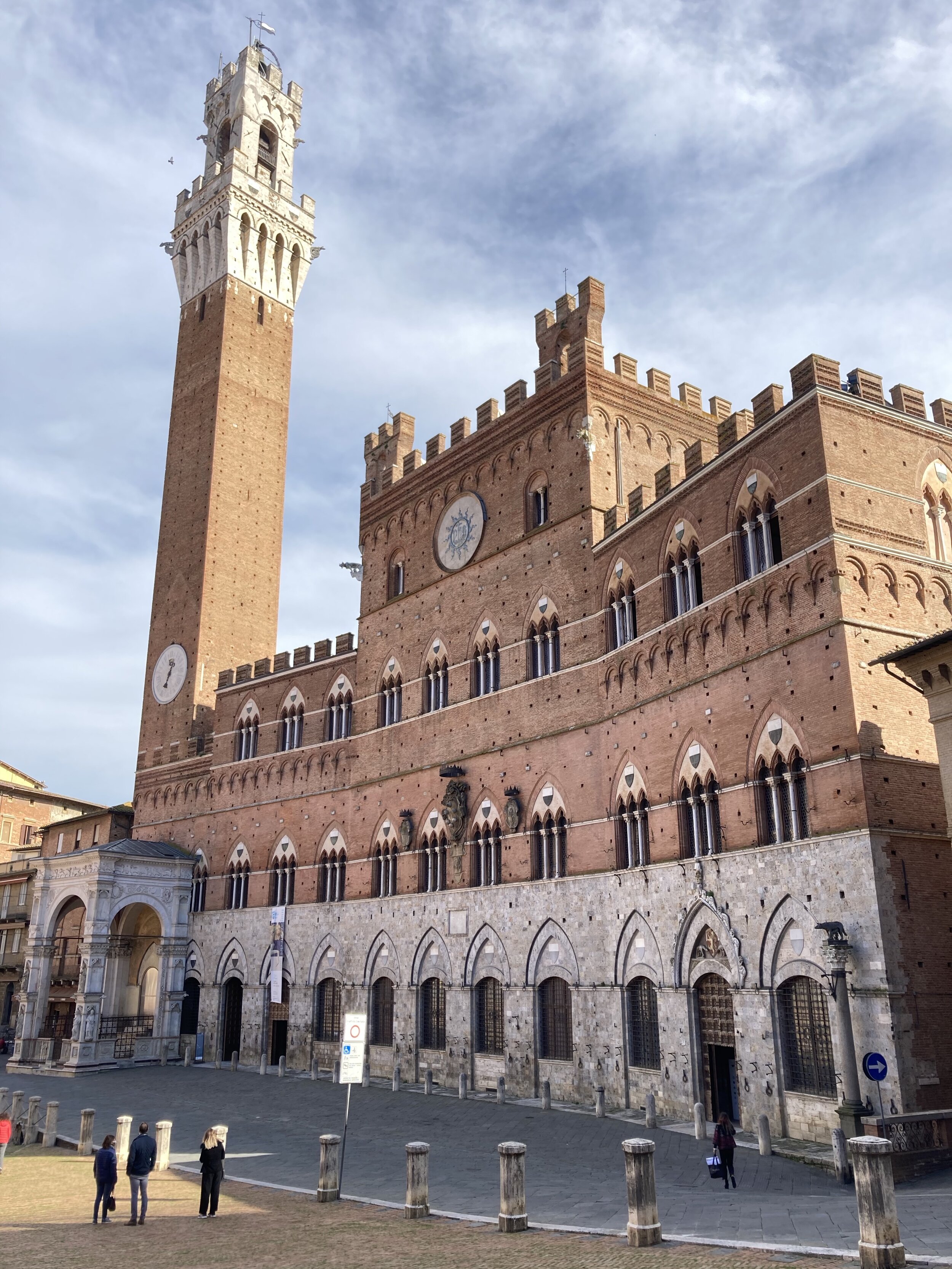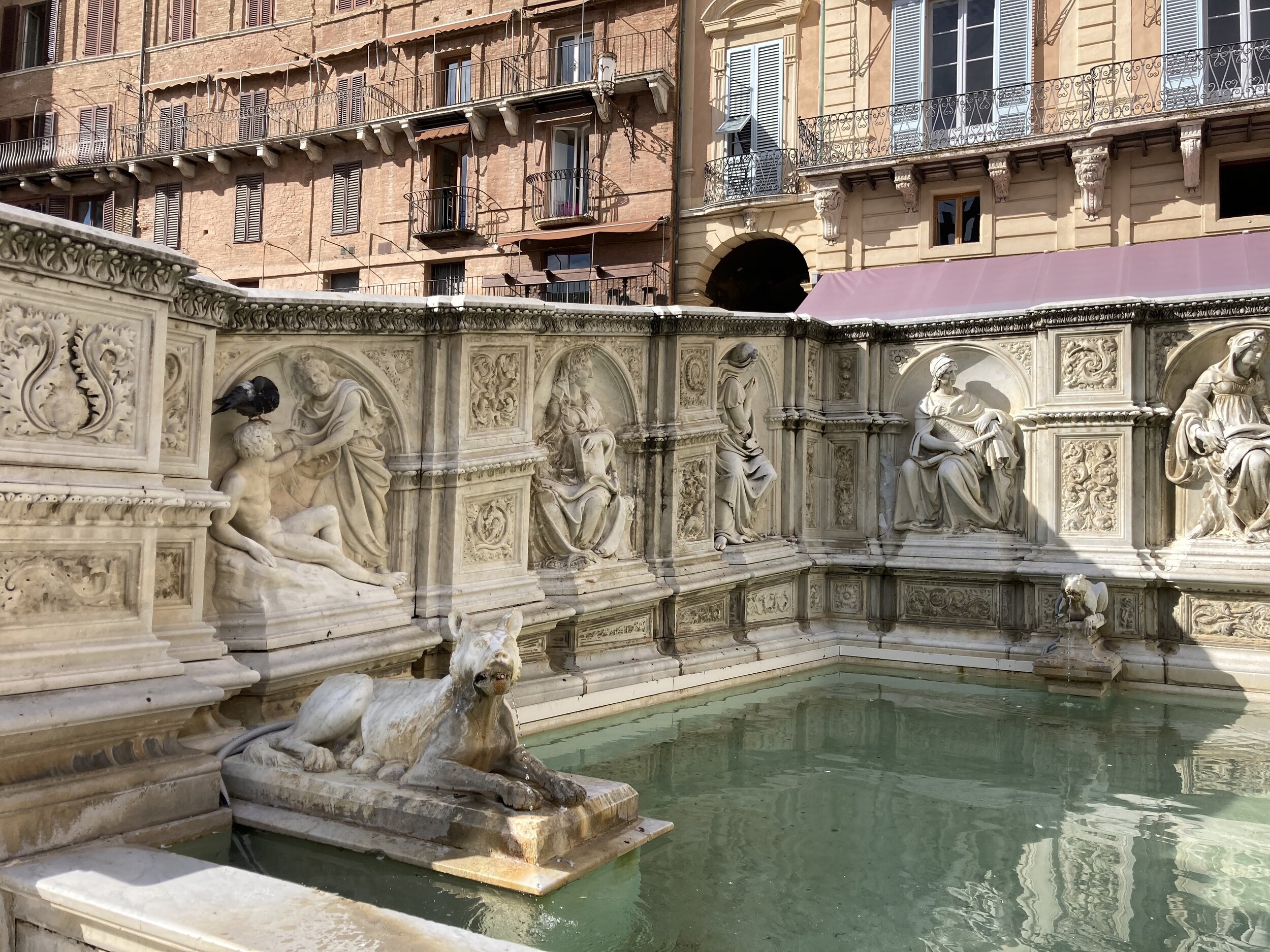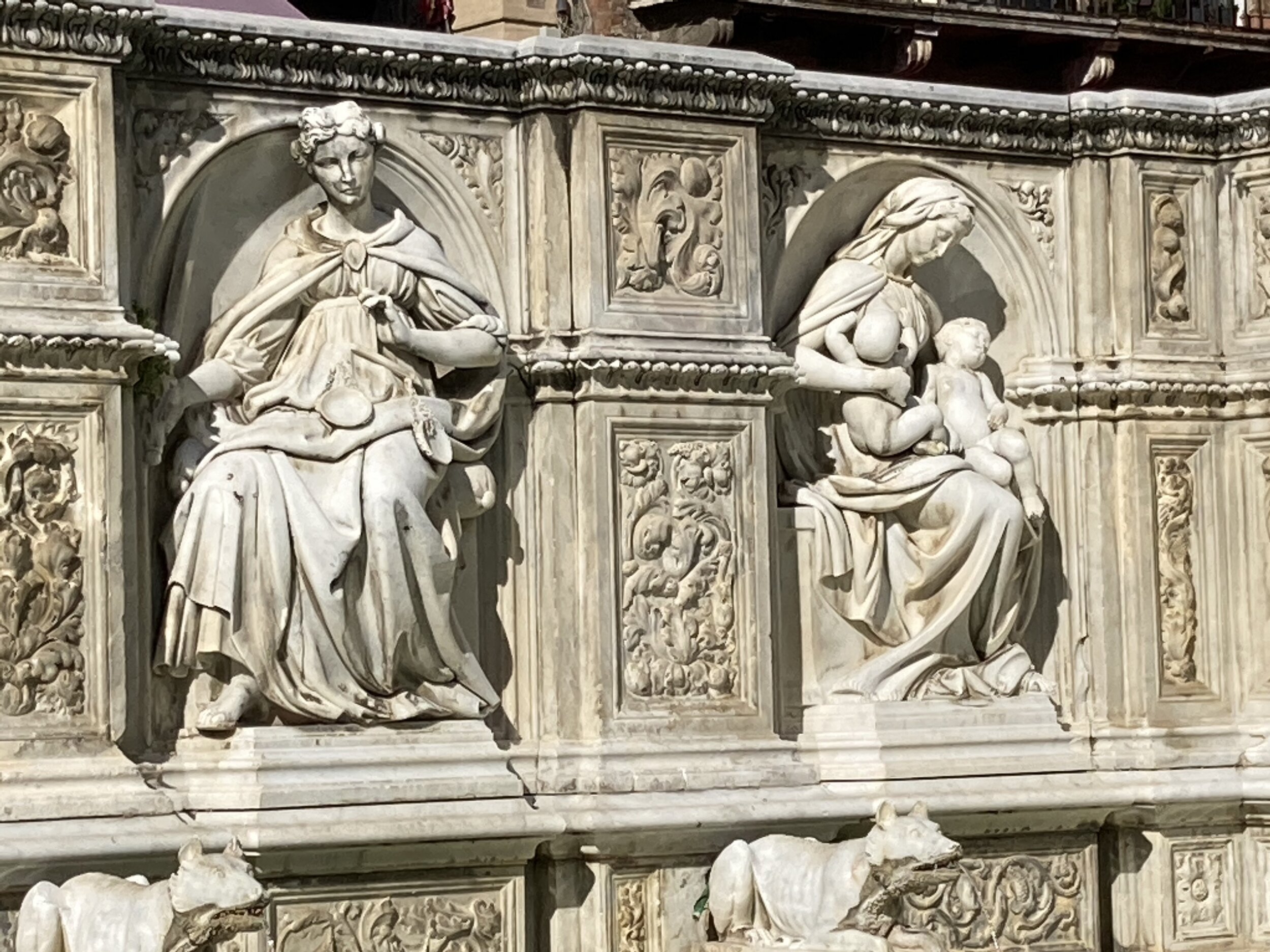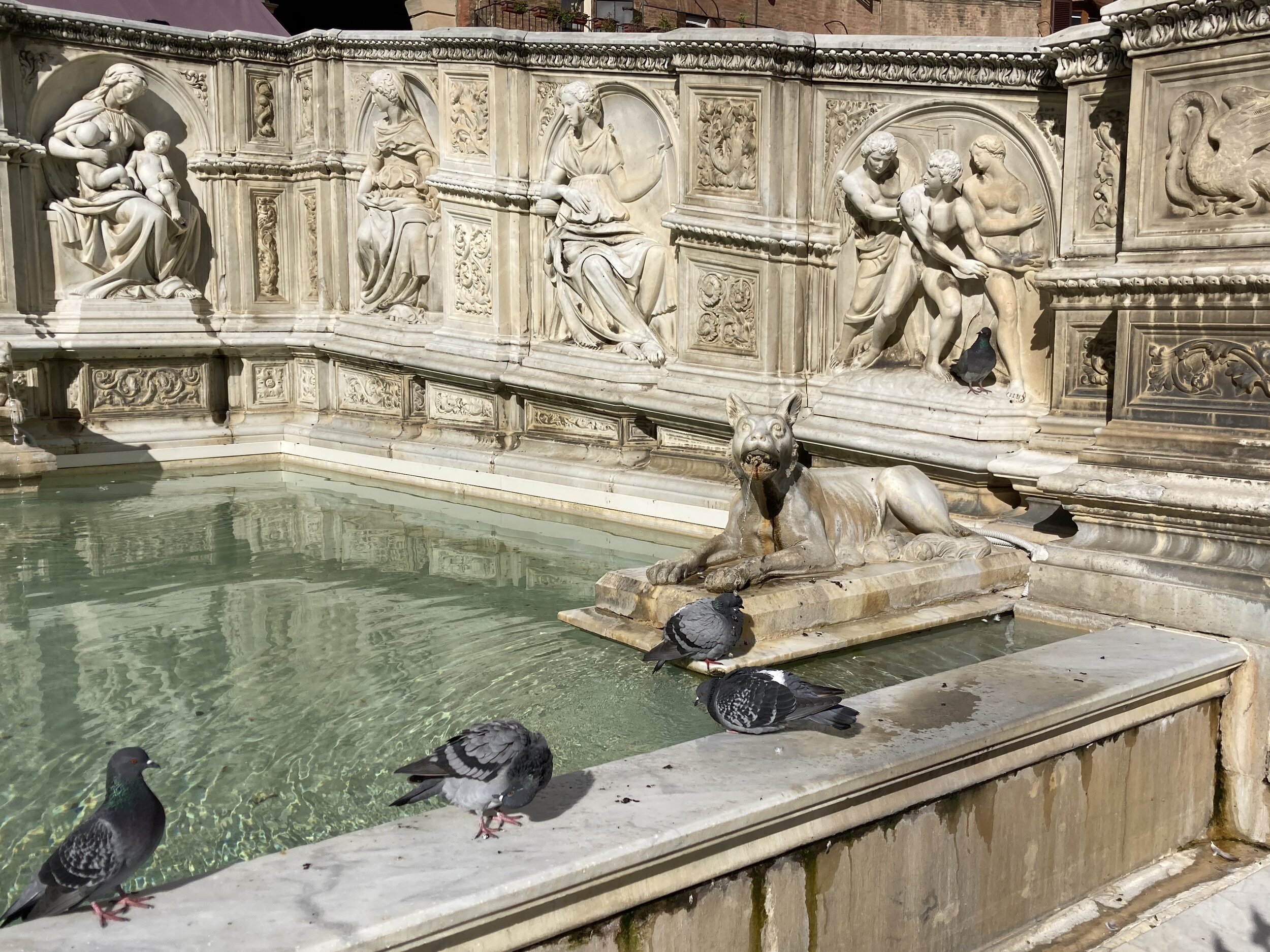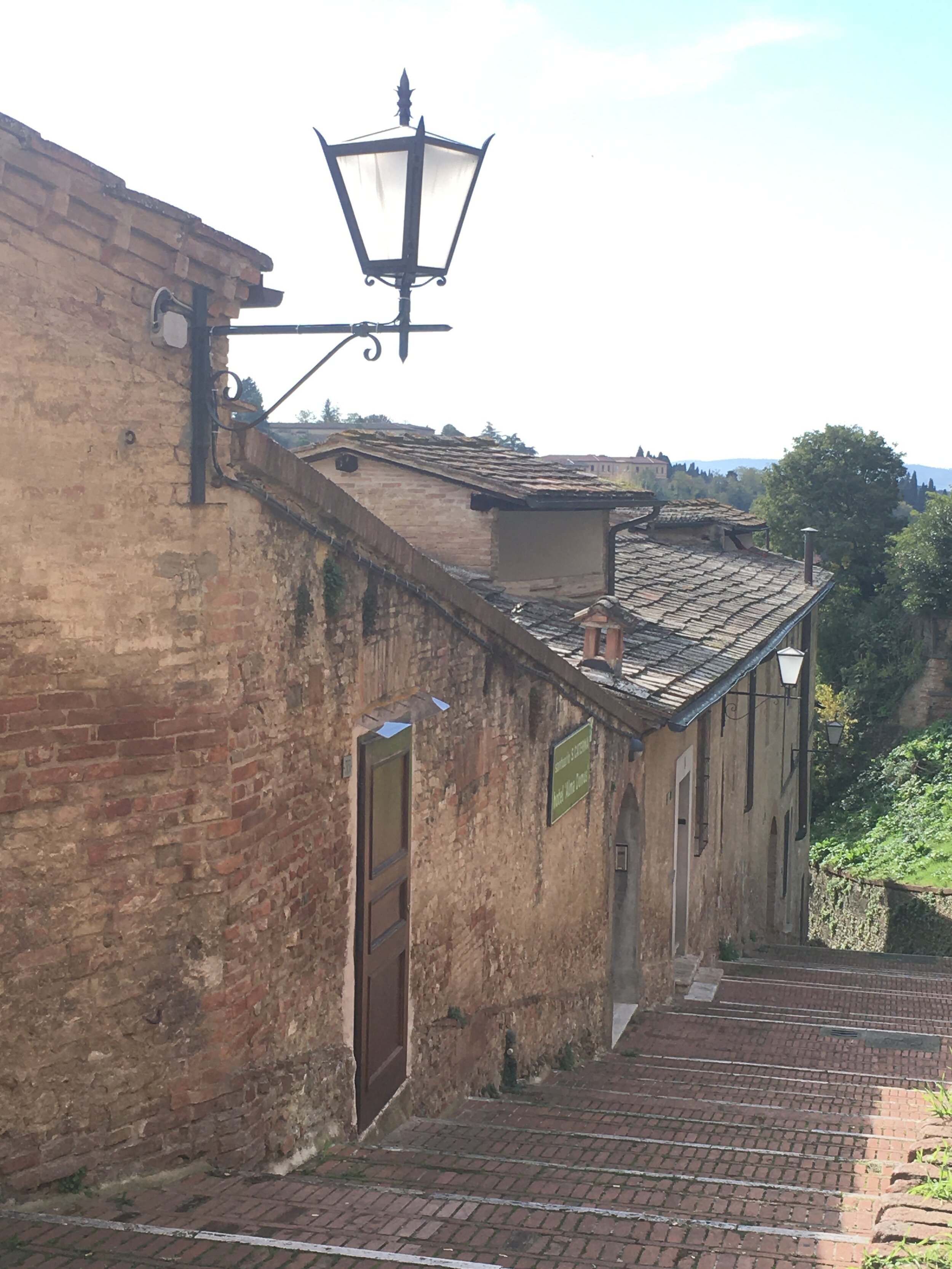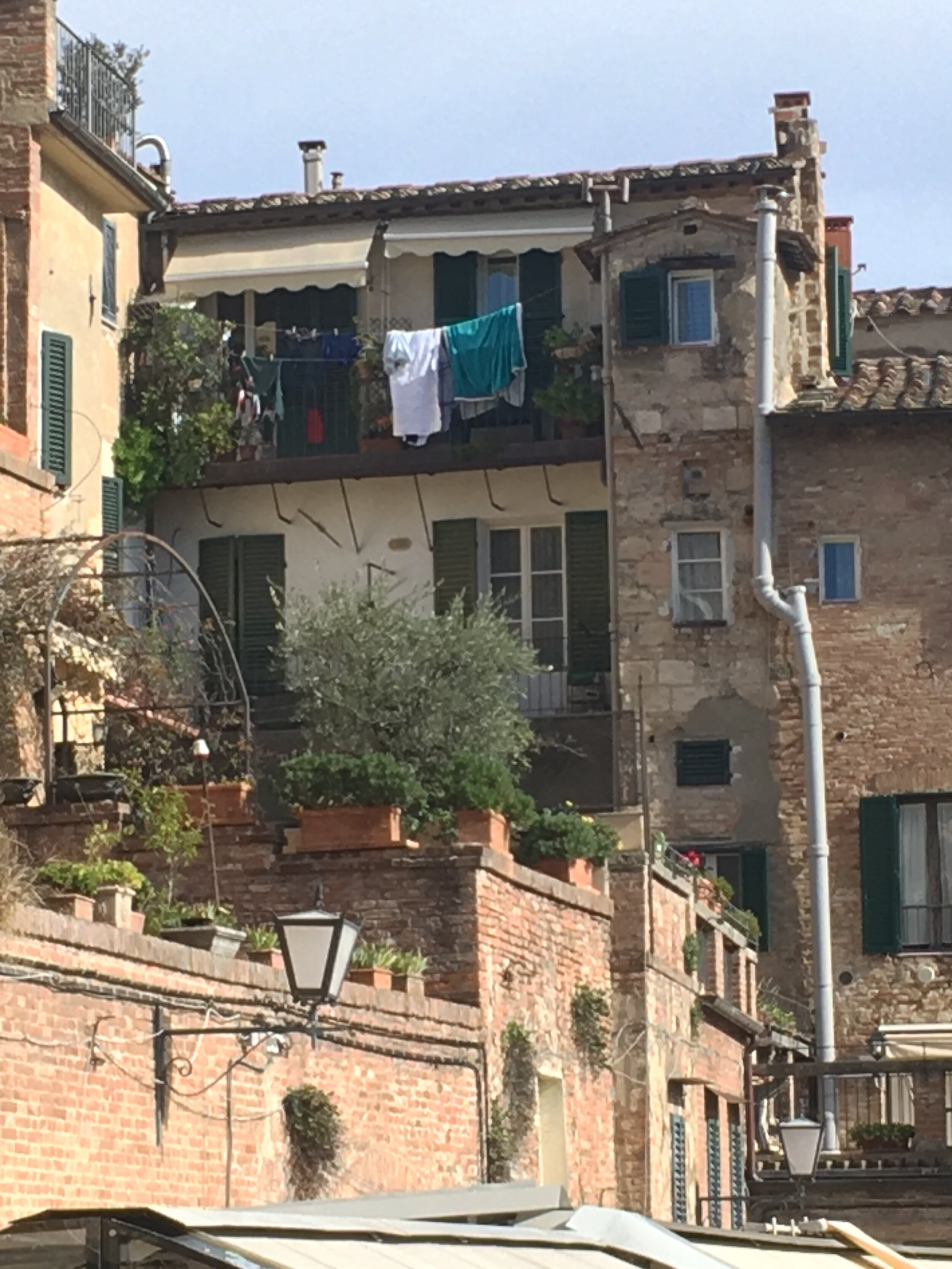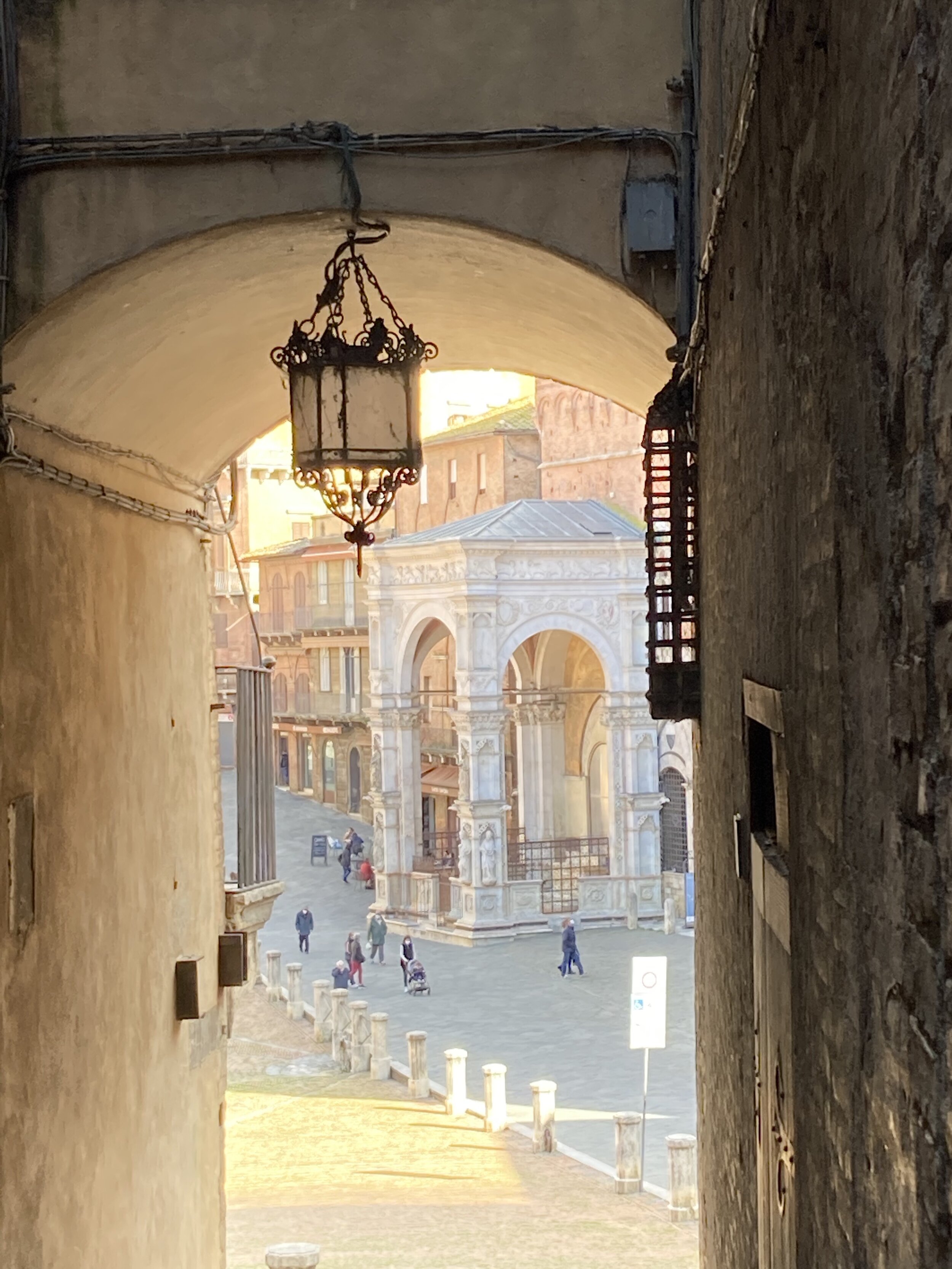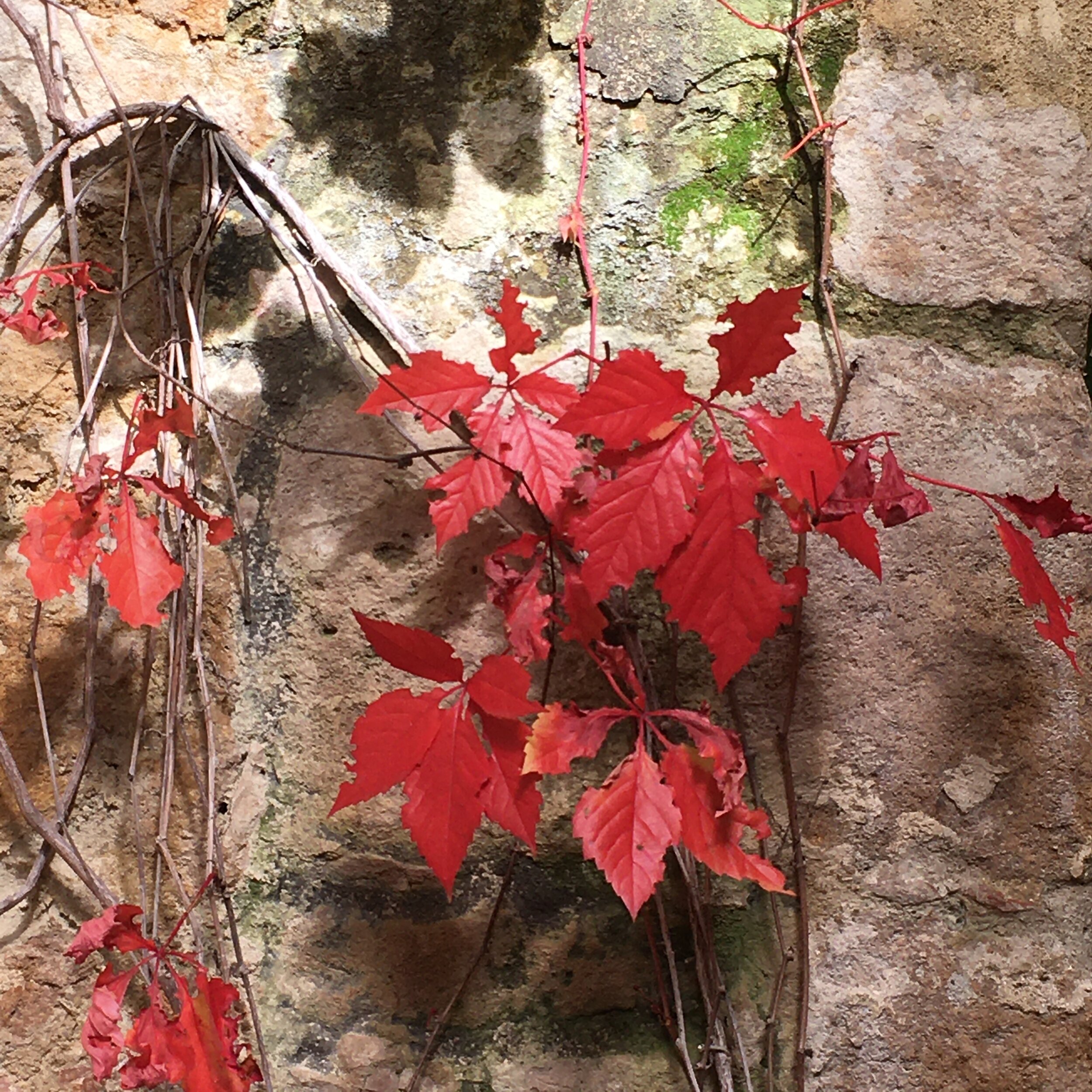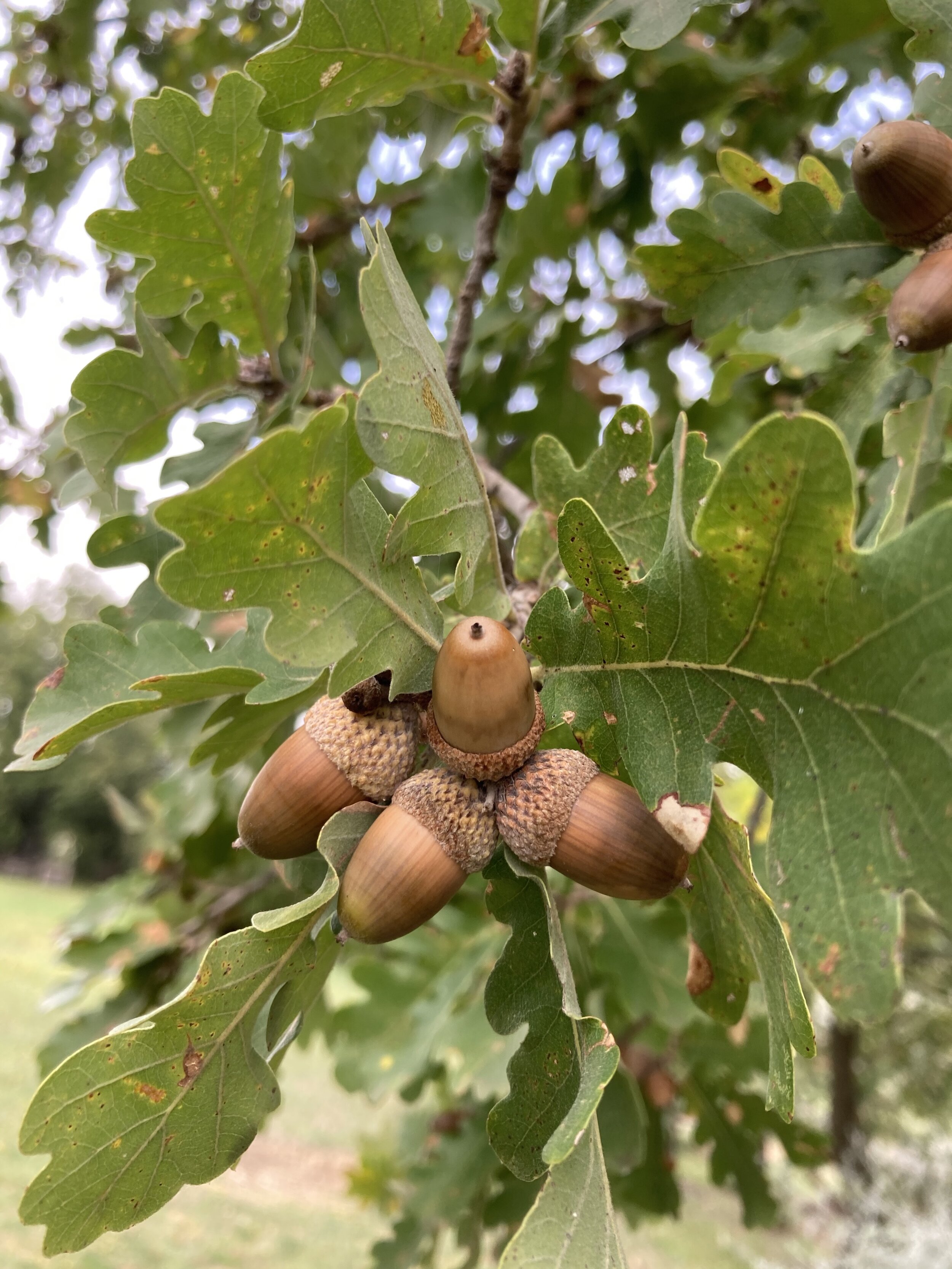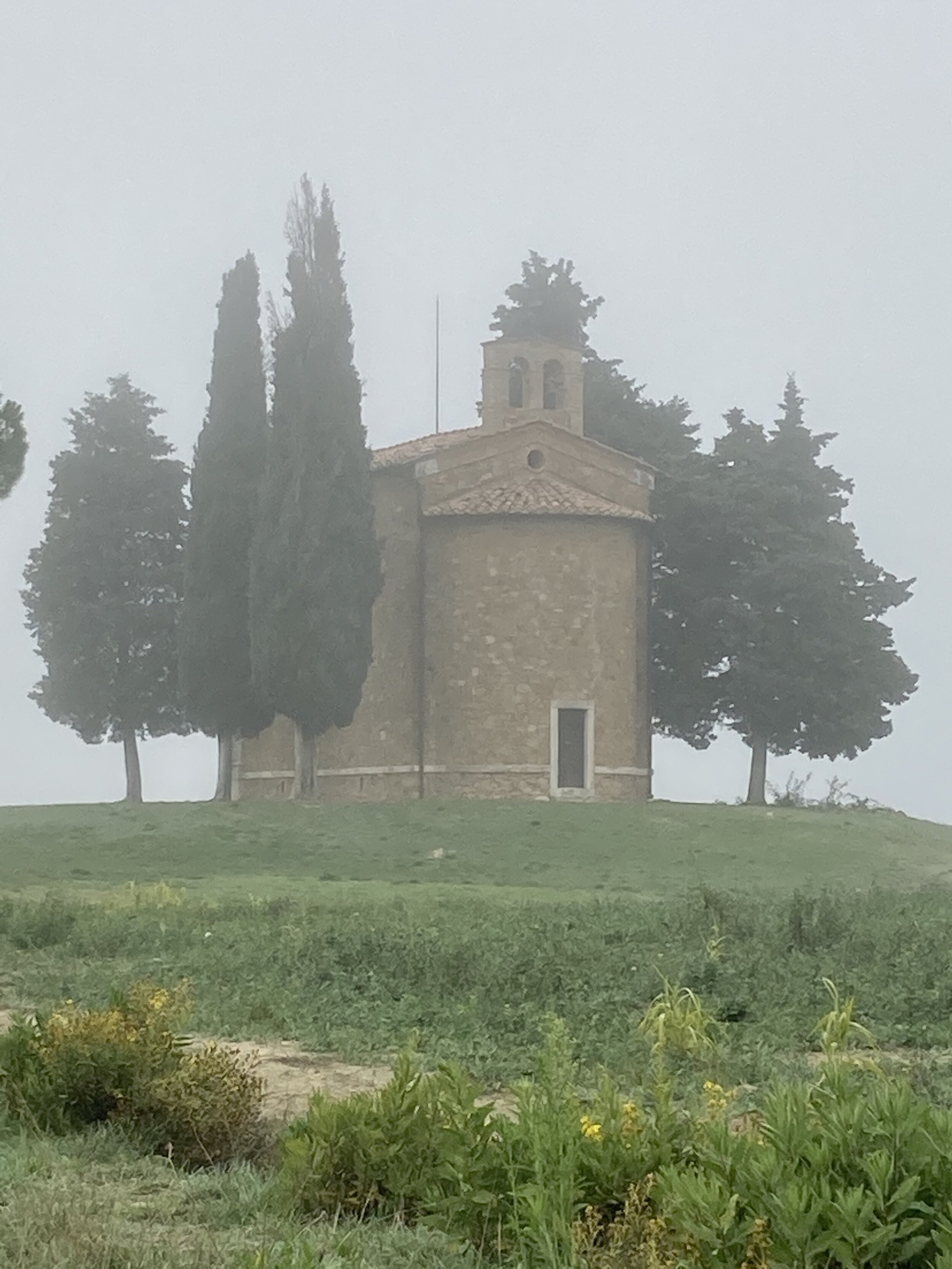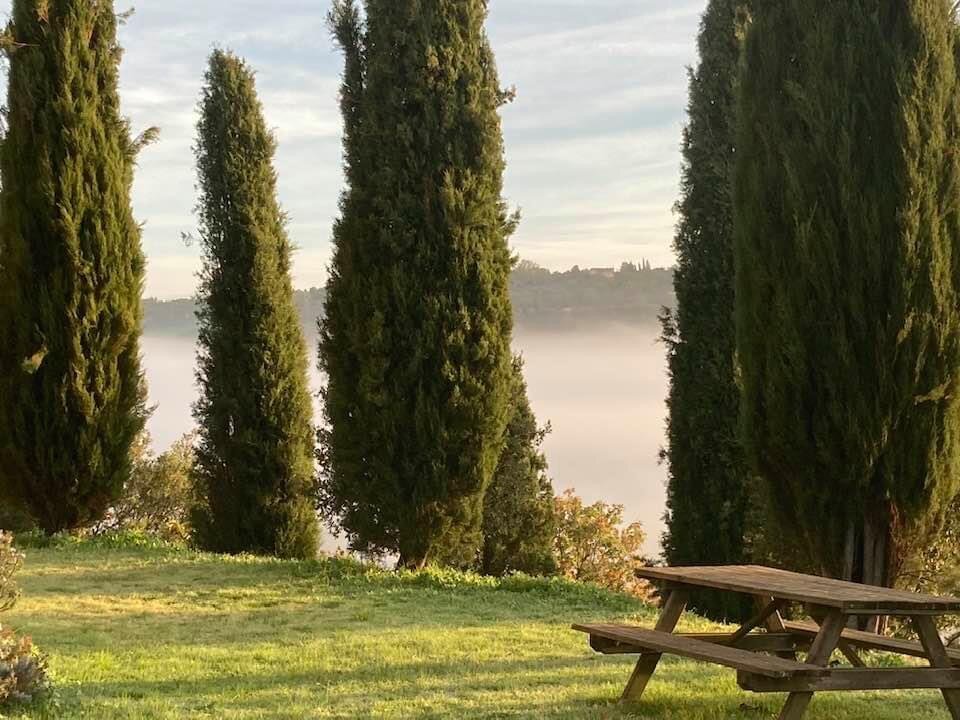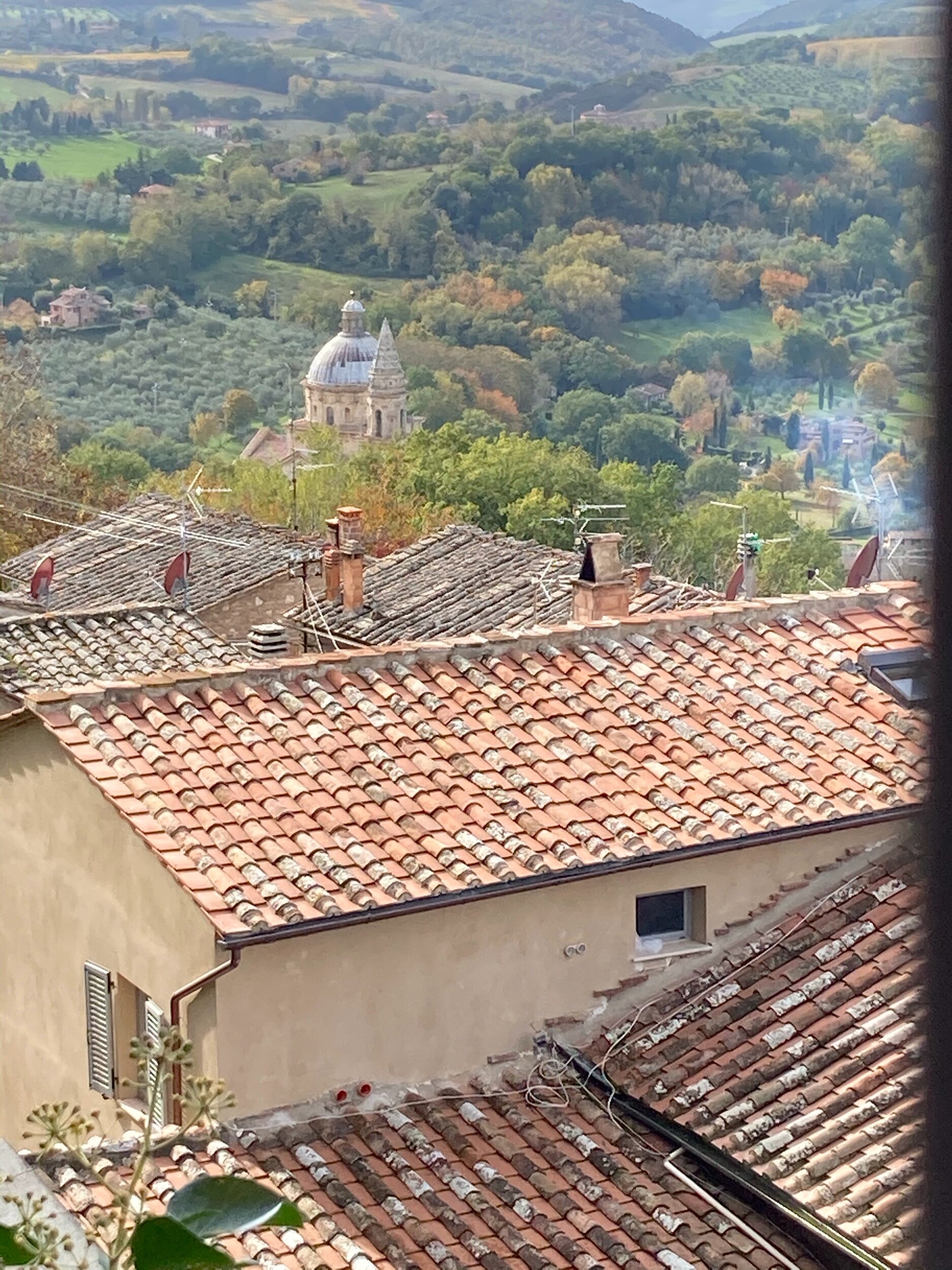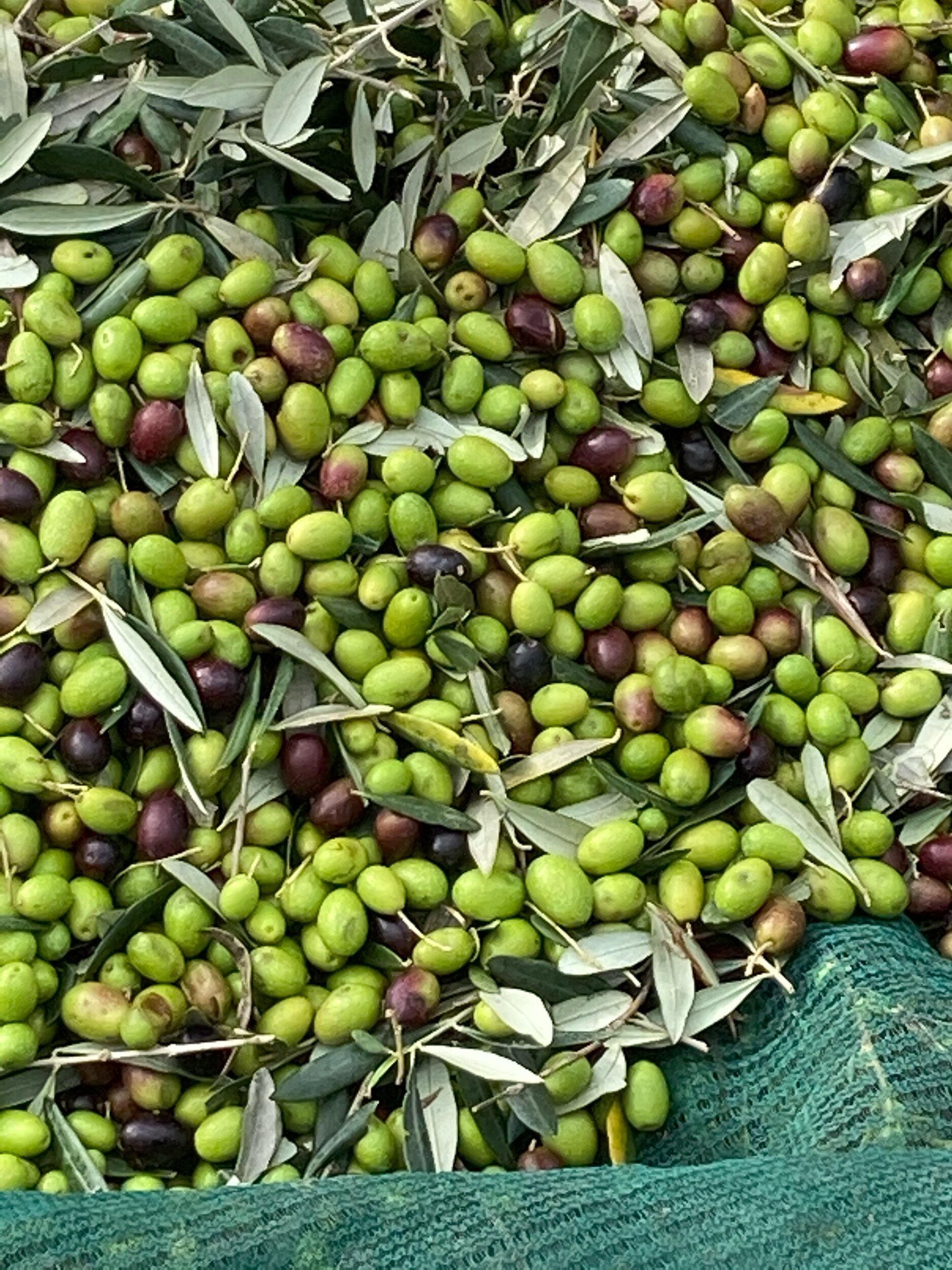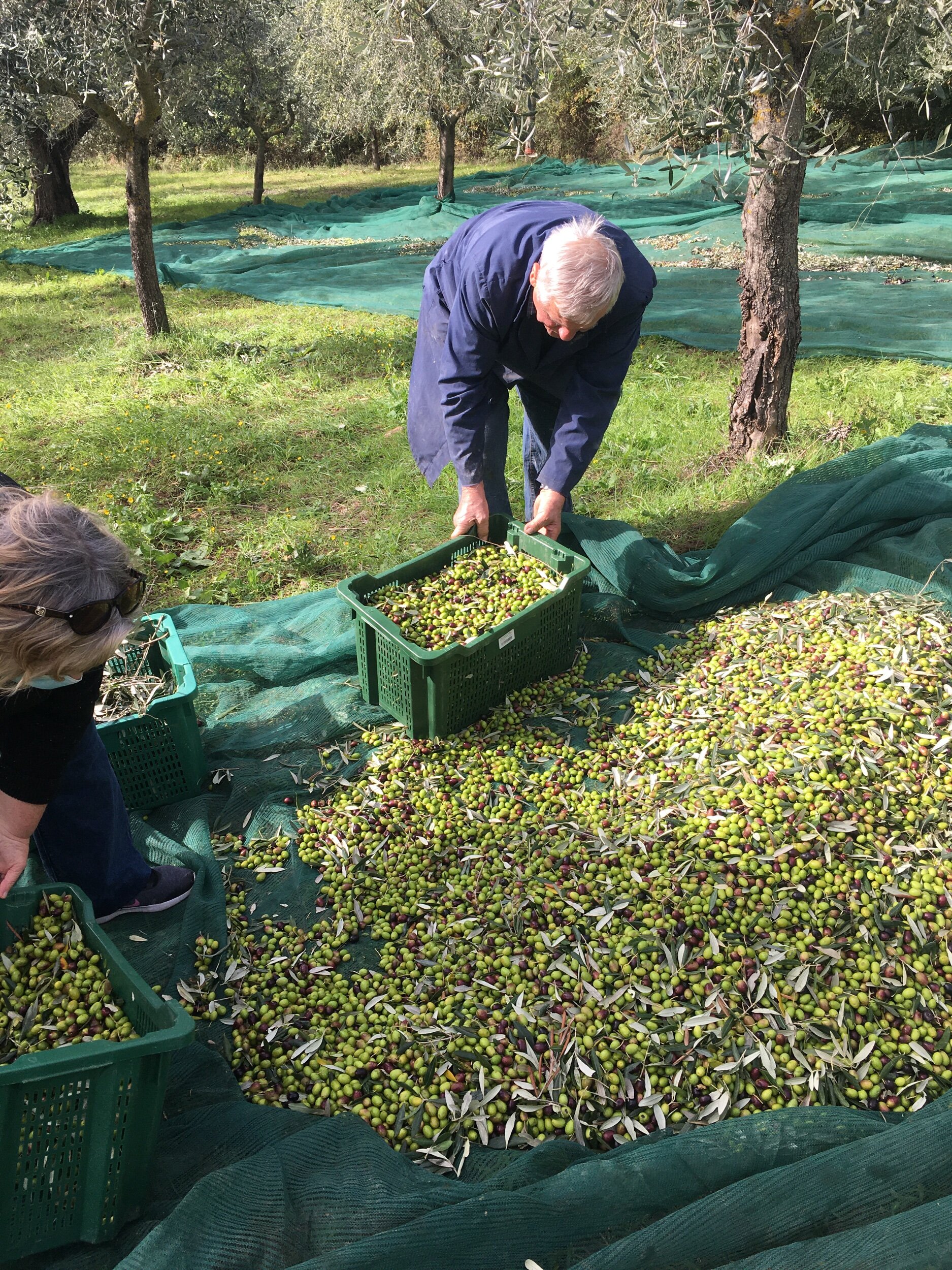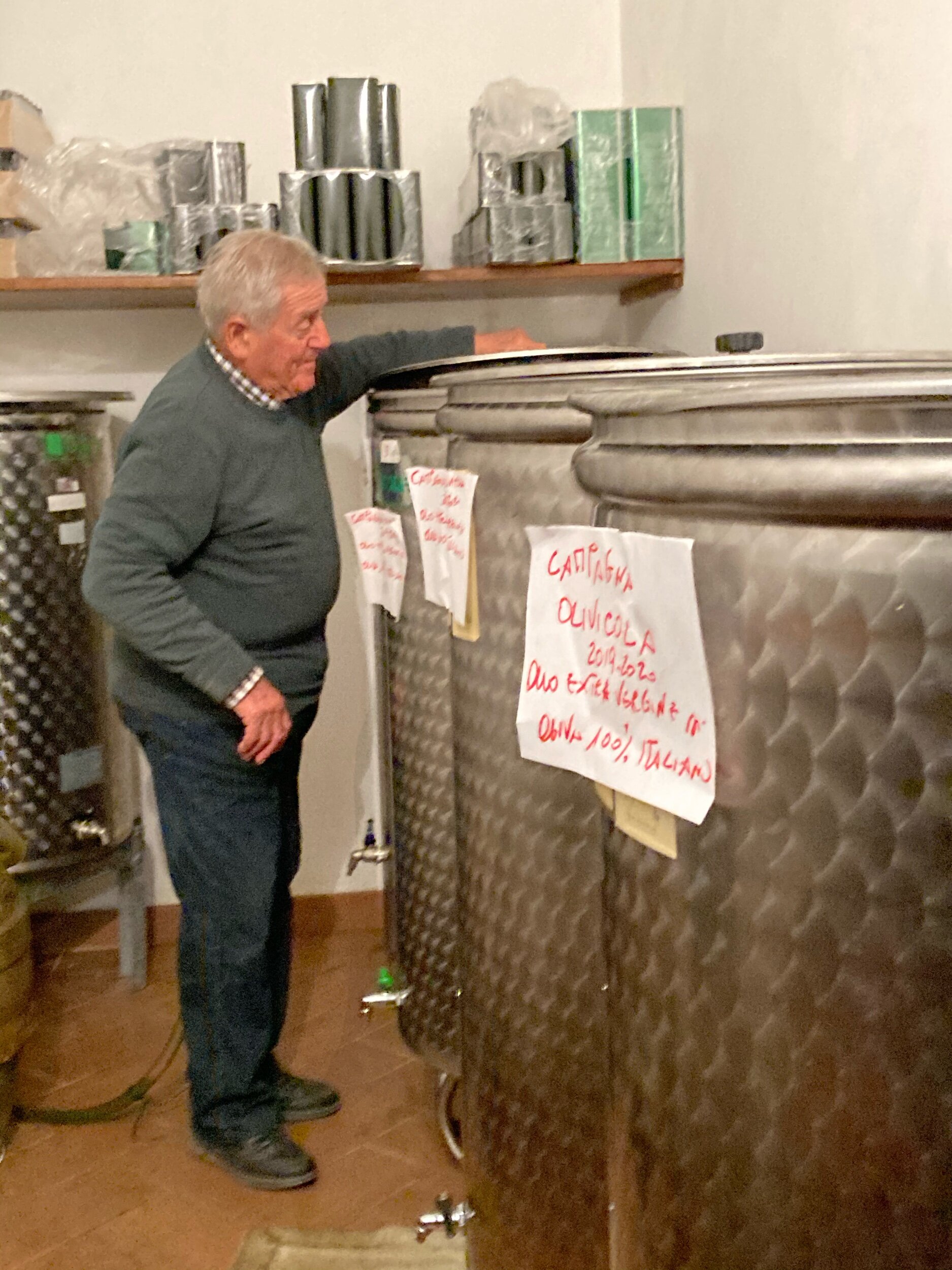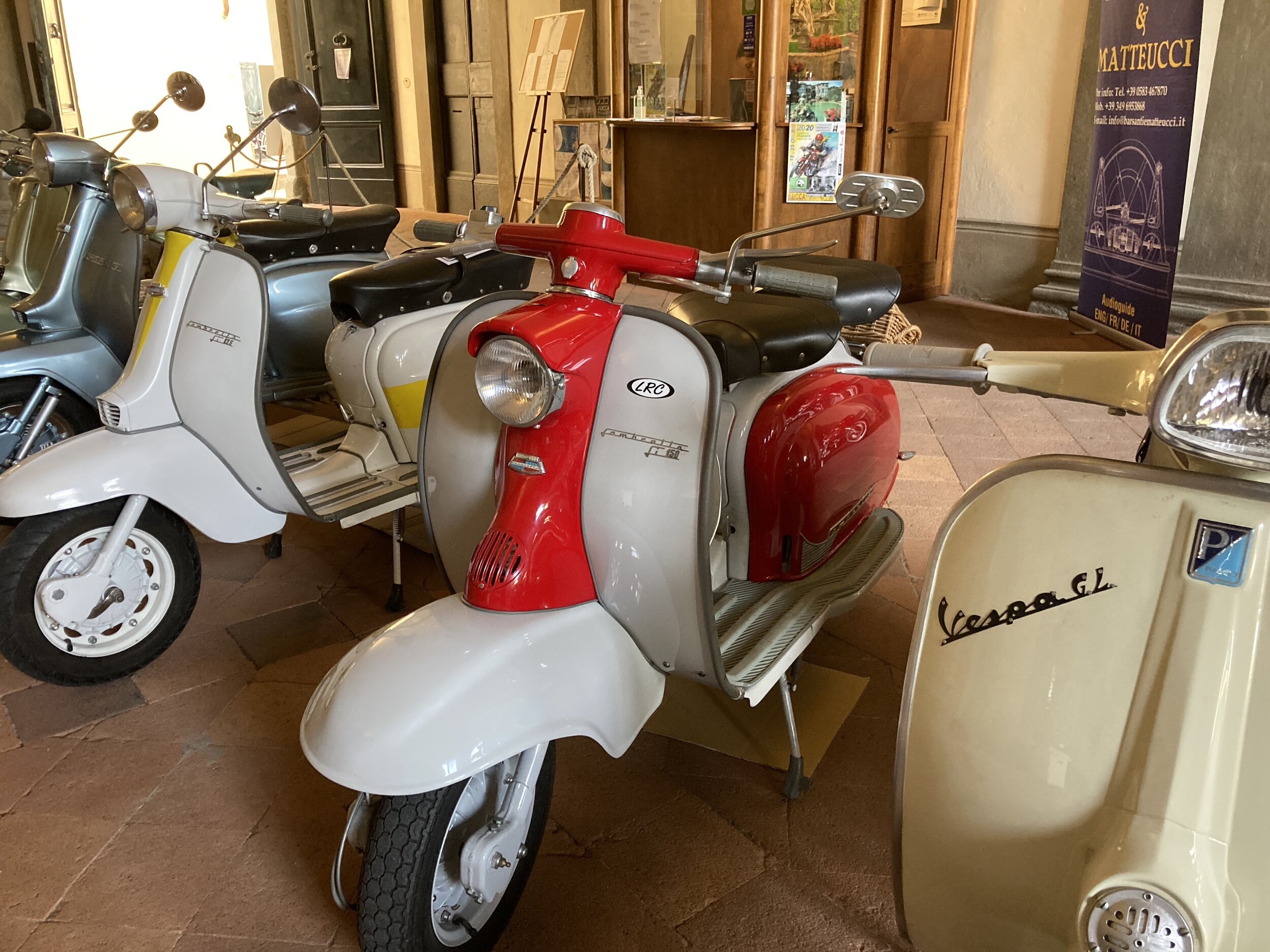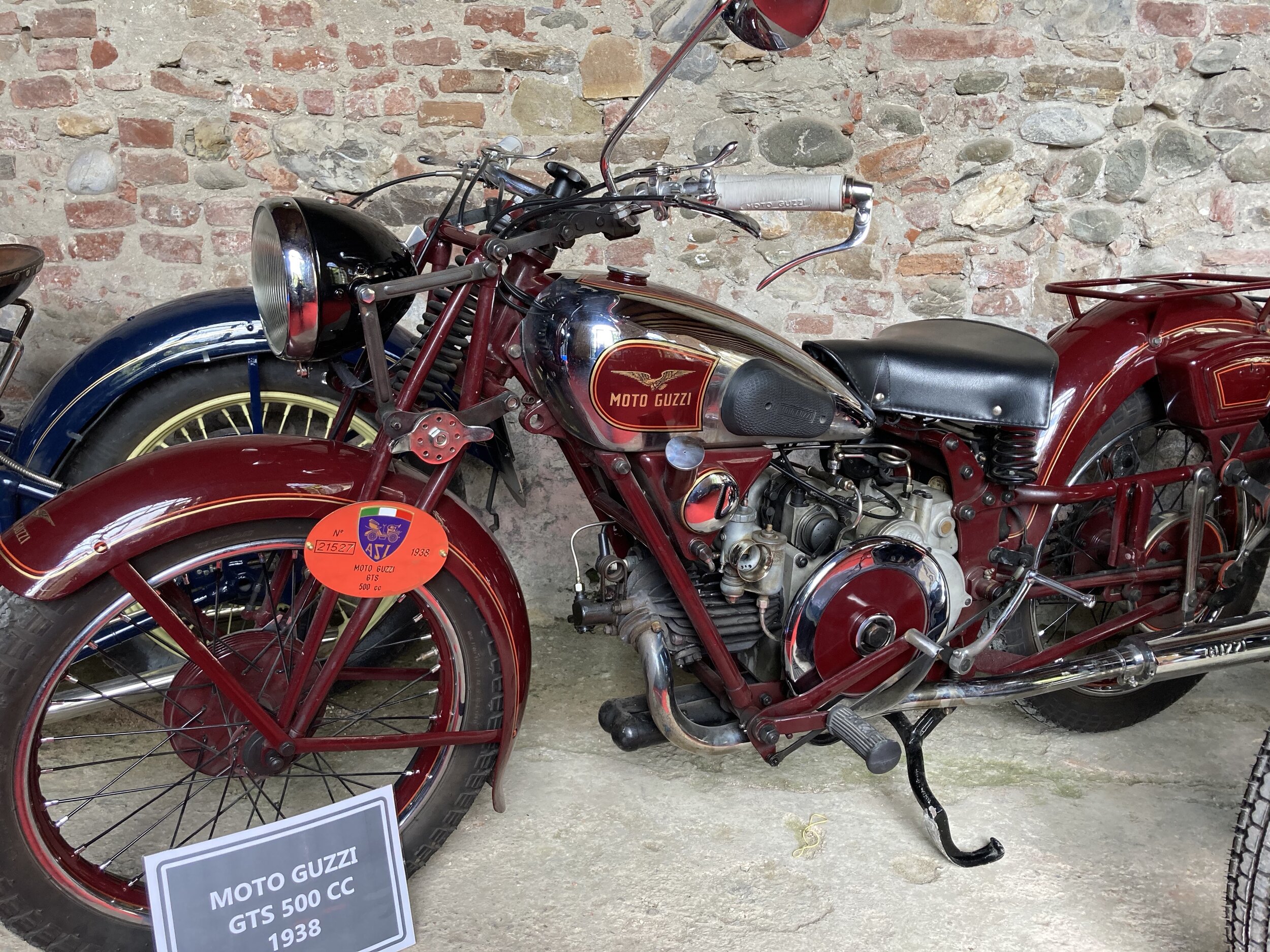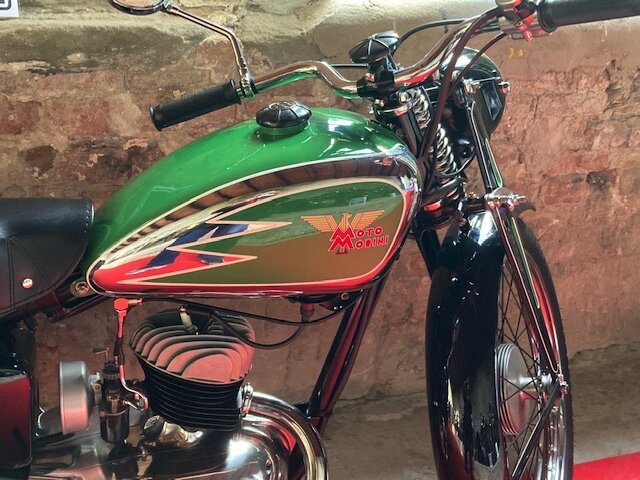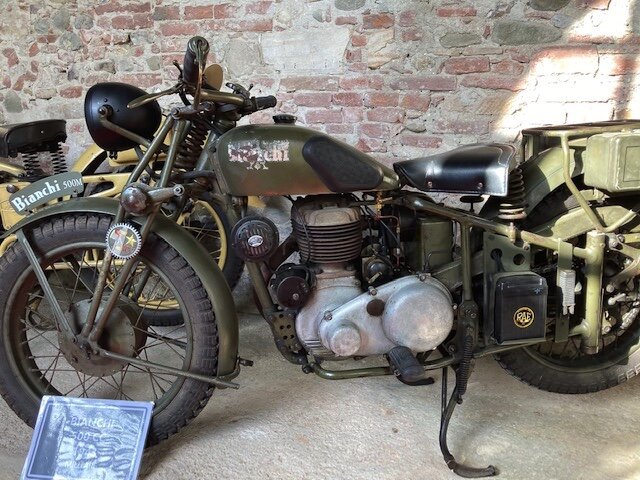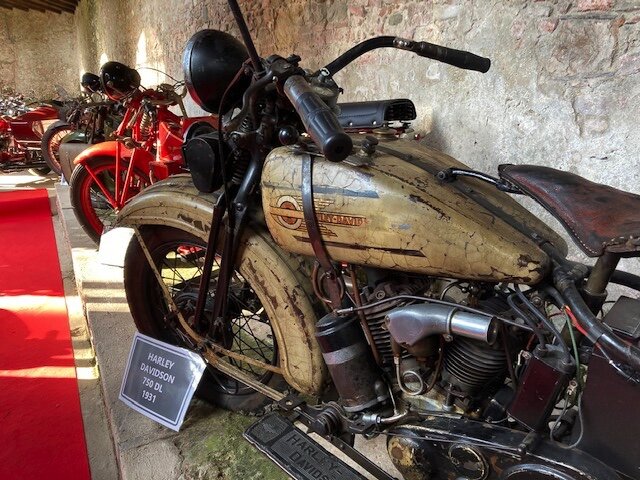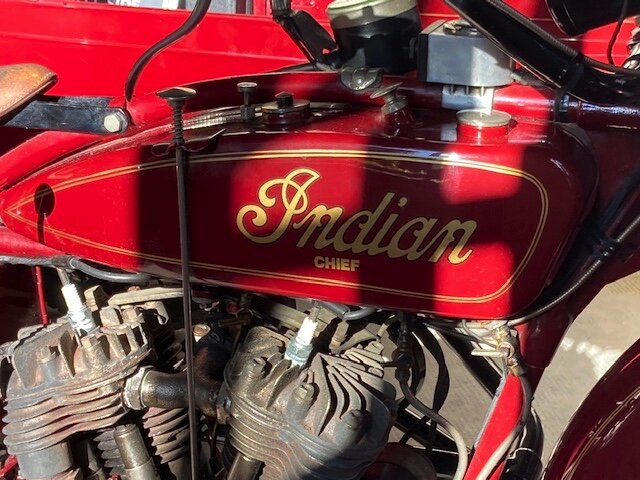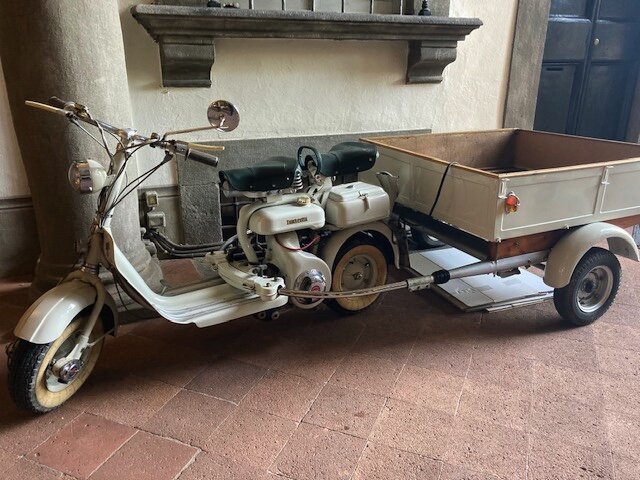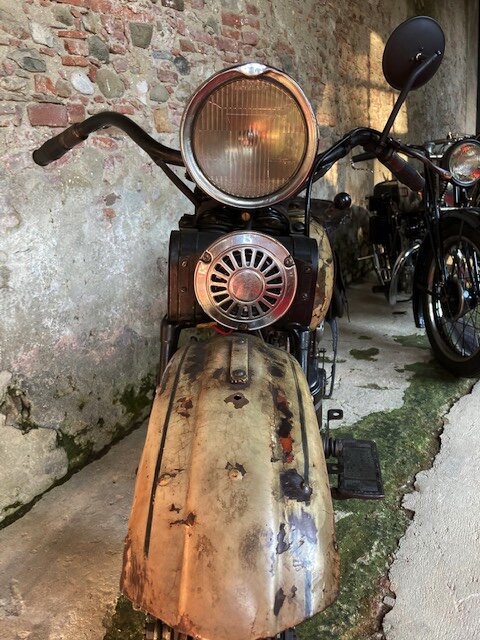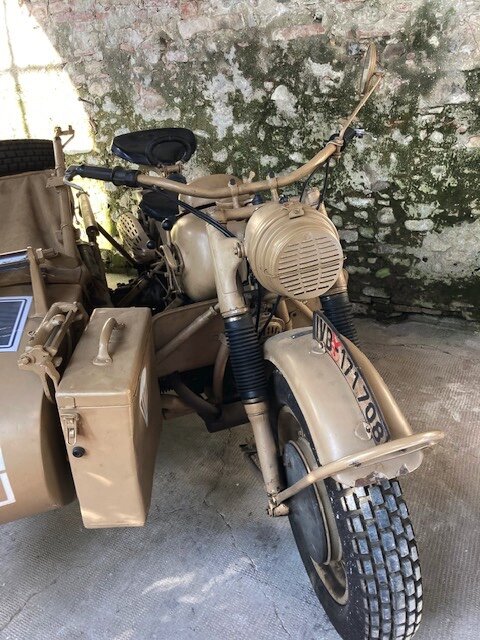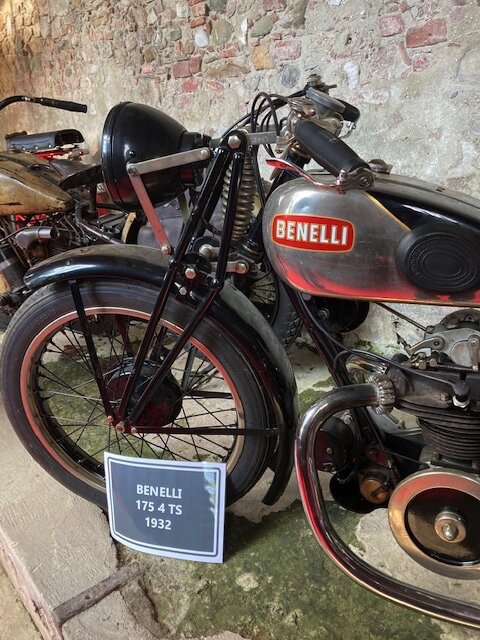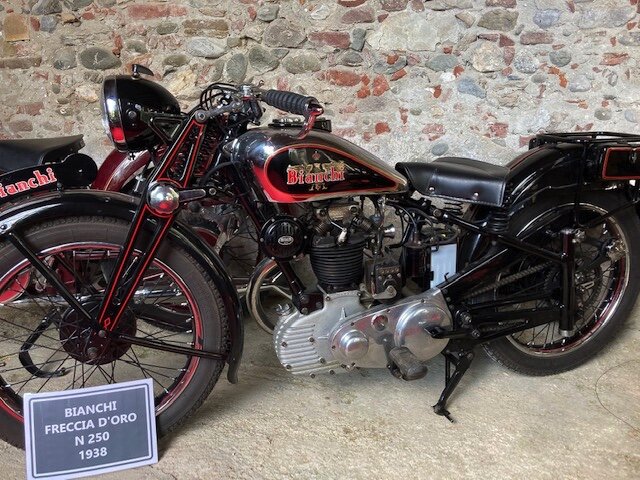The Streets of Siena
The city of Siena sits in the middle of Tuscany, surrounded by fantastic landscapes, charming hill towns, and sweeping valleys. A UNESCO World Heritage site, Siena is a city of ancient brick buildings which hug medieval streets, steep lanes, beautiful piazzas, and architectural wonders.
One could easily spend several weeks (or a lifetime) exploring the wonders of Siena. But my recent visit didn’t afford me the luxury of time - I was simply passing through on my way to a week long trip to the Val d’Orcia in south central Tuscany (see end note re: current travel restrictions in Tuscany) . All I had time for was a leisurely walk through town and a nice lunch.
Siena’s cathedral under a beautiful fall sky
Walking toward the historic center of Siena, the dominant feature is the view of 13th century cathedral, its dome and campanile (bell tower) rising high above the rooftops of the city. Up close, the cathedral wows with its marble facade, elaborate portals, sculptures, gargoyles, and mosaics. The bell tower, with its striking black and white stripes, stretches high above. No time to go inside on this trip, that will have to wait for another visit.
Piazza del Campo, Siena on a sunny fall day
Siena’s most recognizable landmark is its shell-shaped central square, the Piazza del Campo. Long ago this sweeping open space served as Siena’s marketplace. Today it is a gathering spot for locals and visitors alike (and their dogs, who enjoy laying on the warm pavement on a chilly fall morning). The piazza is famous for the architecture of the buildings that ring it, the Palazzo Pubblico (City Hall) and the tall tower, the Torre del Mangia. The Piazza del Campo is also where the famous Palio horse race takes place. On the day of my visit in late October, sun and warmth radiated off the brick surface of the uncrowded piazza.
The Palazzo Pubblico and the Torre del Mangia, Siena
The piazza is also home to the beautiful Fonte Gaia, the Fountain of Joy. The fountain was originally an important source of water for the city. Today it is appreciated as a work of art for the graceful marble reliefs which enclose it on three sides. I have not seen a fountain of this type in other Italian cities, both its shape and the carved surround make it unique to Siena.
These may be Siena’s most famous sights, but Siena is more than just famous landmarks; it’s a beautiful city with streets and squares perfect for wandering.
There are medieval buildings, churches and convents, roof tops, steep streets, and arched alleyways giving glimpses of hidden corners. Taking time to soak it all in is a joy, even if you just have a few hours to wander through town.
The roof tops of Siena
Note: Italy is now seeing a resurgence of COVID infections and, at present, many daily life and travel restrictions are in place. My trip to south central Tuscany was complaint with all restrictions that existed in late October and the first few days of November. Look for upcoming posts over the next few weeks about several of the villages in the Val d’Orcia that I visited during my week-long trip. I hope these posts will be a reminder of the beauty of Italy that awaits when travel is once again possible.



